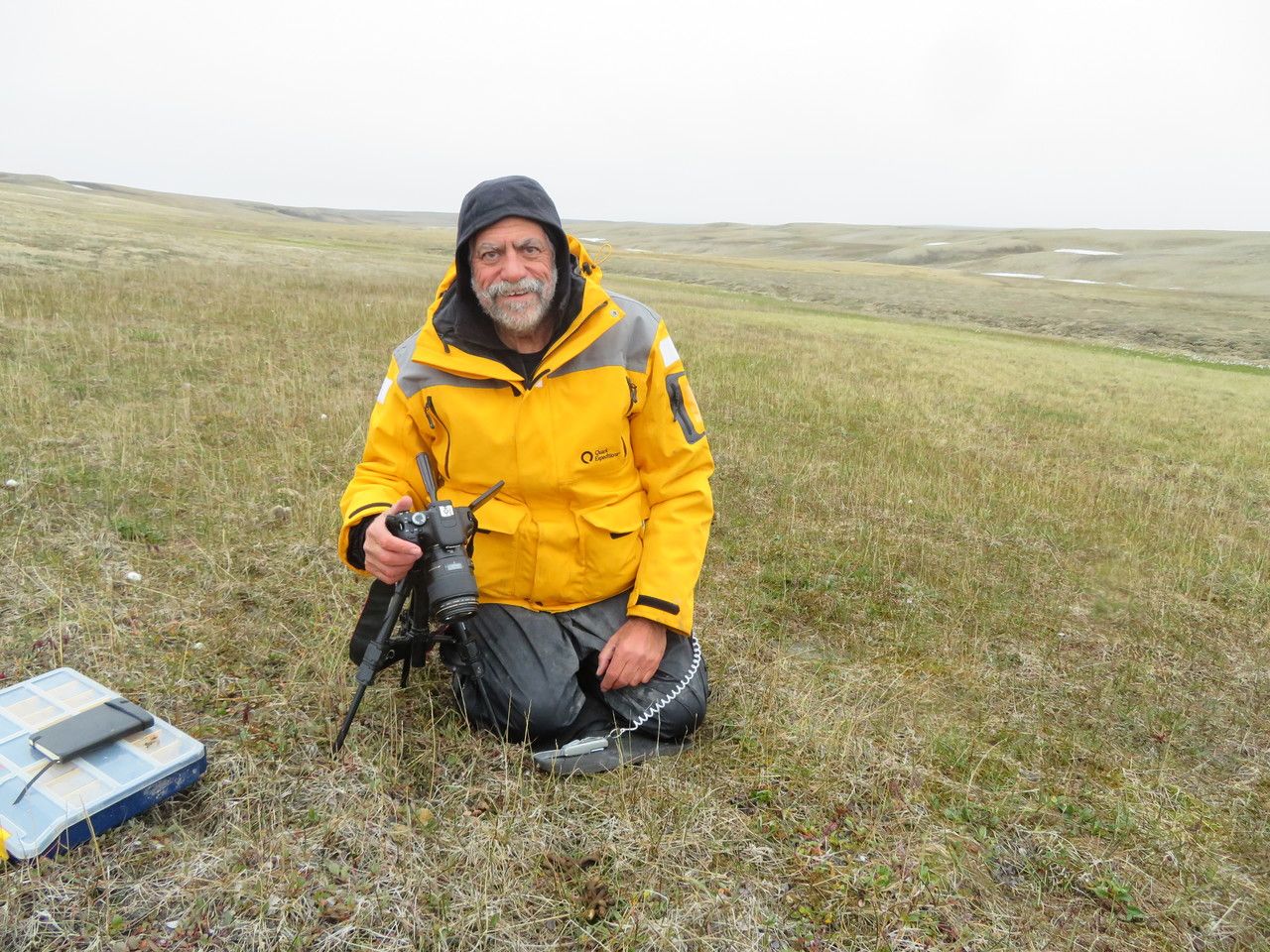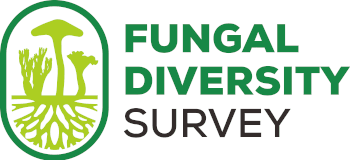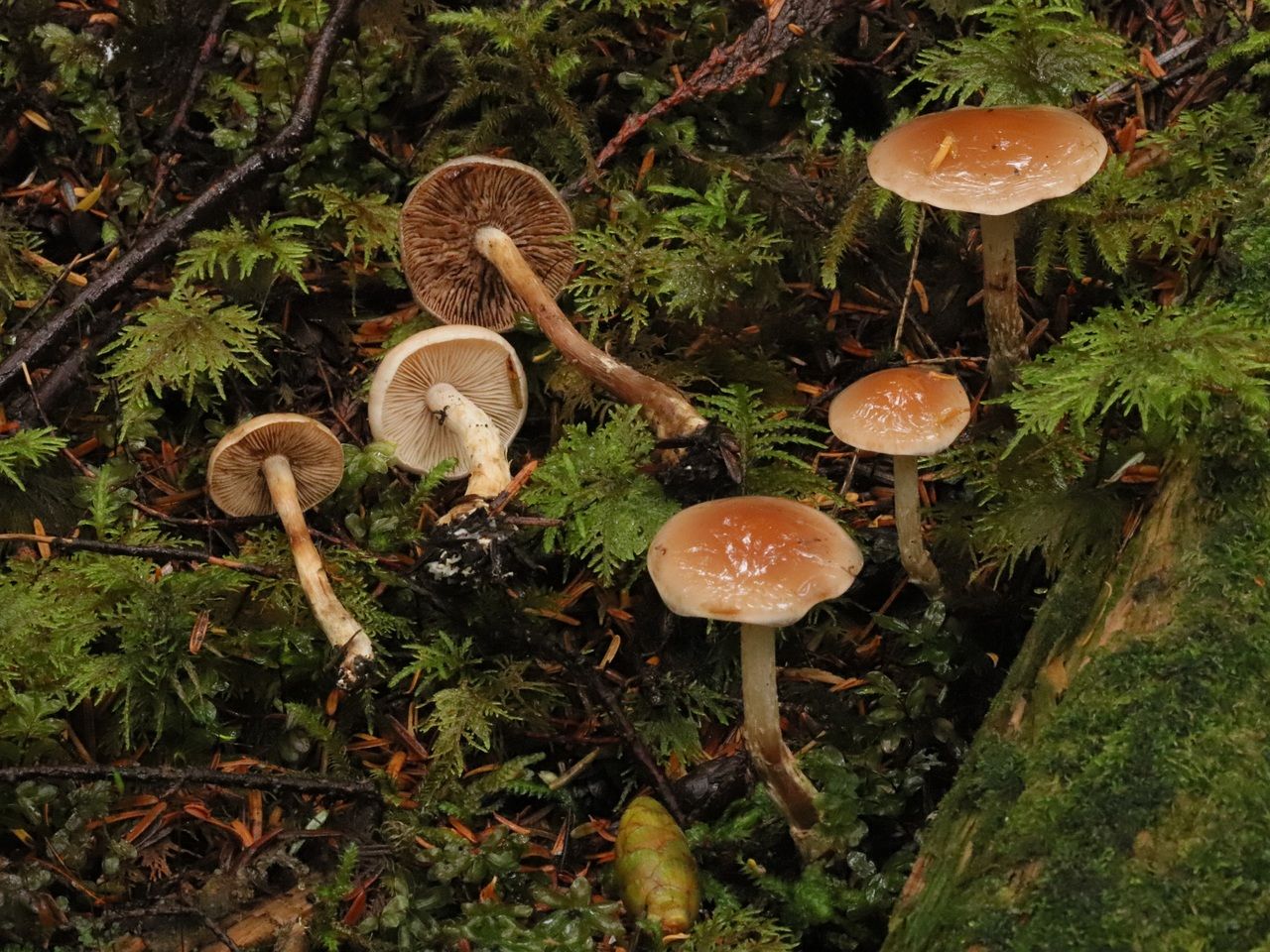When we first started visiting North America many people we met told us that Hebeloma were rare in North America. And when we researched foray reports we found very few records of Hebeloma, and those that were mentioned were usually Hebeloma crustuliniforme or Hebeloma sinapizans.
However, when we started foraying in North America we discovered Hebeloma everywhere. But very few mycologists, even experienced mycologists, were able to name any of them.
This was a similar situation to that which we had encountered in Europe when we first started trying to apply names to Hebeloma collections. And so, seventeen years ago, the Hebeloma Project was born, and with it the Hebeloma Database. Working with the Danish mycologist, Jan Vesterholt (unfortunately deceased in 2010), we agreed on a set of parameters, both macroscopic and microscopic, by which we could describe each of our collections. This would allow us to properly compare the characters of different collections. And, importantly, we now had molecular tools available that might help us unravel some of the complexities of this difficult genus. We celebrated when we reached 100 collections; we celebrated (despite being rather confused) when we saw our first ITS sequences, generated from some of these collections.

Originally home built on Microsoft Access, the database has gone through several iterations and is now built on the Biolomics Software, Version 20.2 from BioAware SA NV. Today, the database has almost 10,000 collections, with collection dates ranging from 1853 (collected in the Bering Straits during the U.S. North Pacific Exploring Expedition under Commanders Ringgold and Rodgers) to the present day. (Actually we have a few collections from Persoon that were published in the early 19th century, even 1801, but the collections are undated.) Almost all collections are Hebeloma but we now also have an increasing number of collections of other ectomycorrhizal Hymenogastraceae. (The database also contains a ‘smallish’ number of Cortinarius, Inocybe, Pholiota etc. that, when collected, were ‘disguised’ as Hebeloma.)

The Database collections are from around the world. It includes over 5,500 from Europe (where we started), almost 3,200 Hebeloma collections from North America (where we have focused for the last four years), about 550 from Asia (where we clearly need far more collections) and 250 from Australasia. Importantly, the Database now includes types for almost all published Hebeloma species worldwide (omissions include some South American species for which loaning the types is challenging, one North American type that we have been unable to locate and a few that have been ‘lost’). Our thanks to the numerous herbaria that have supported our work.
As of today, for over 85% of these collections we have at least an ITS sequence and in many cases additional sequences from several other loci – more information on our use of other loci can be found in our monograph on the European Hebeloma published as Volume 14 of the Fungi Europaei series in 2016 (http://www.edizionicandusso.it/fungi_europaei/fungi_europaei_14.htm). The benefits of combining morphological and molecular data cannot be overemphasized. It has helped us identify which morphological characters appear taxonomically the most important and has enabled a far better understanding and appreciation of species boundaries than we had at the start of this project.

With regard to our 3,200 North American collections, we have at least an ITS sequence for over 90% of these collections; considering a number of them are relatively old herbarium collections, we believe this to be rather good. Importantly, all North American types (217) we have managed to locate (actually only one not located plus one lost!), are included in this number. While, not surprisingly, we have not been successful sequencing all these types, we do have sequences for over half of these collections, and a morphological study of all those for which we have received material. The 2020 ‘stay at home’ rules, limiting travel, did provide the opportunity to make a detailed study of all these North American types.
So, this means that, finally, we can start to apply names to all our North American collections. We envisage a series of articles over the next months and we are planning to start drafting a monograph on the North American Hebeloma next year.

We have also spent time this year building a website (not yet publicly available). As well as descriptions of all species (built purely from database collections), which update as more collections and information are added to the database. There are also distribution maps, photo galleries and much more. We have also constructed a key, using AI machine-learning techniques, which works remarkably well. We hope to begin making this available during the course of next year.
All of this could not have been achieved without the community of citizen scientists who have supported our project. Hundreds of our collections have been sent in to us by keen field mycologists from all over the world. These are the people who are out and about and photographing, recording and collecting. We cannot thank all these people enough; their endeavor has underpinned much of this project … and hopefully will continue to do so. This project is far from over. We are already approaching 100 species of Hebeloma in North America (a little more than one third overlap with Europe) and we know how much more there is to discover. So, whenever you see a Hebeloma in the field please photograph it (including the underside), record any features that might disappear when it is dried (like the smell), ideally take some measurements, and then dry it… we can do the rest. If it is part of the FunDis Survey and/or part of another project that’s good too.

The Hebeloma Team:
Pete Bartlett, Henry Beker, Linda Davies, Ursula Eberhardt, Nicole Schütz;
with help arranging loans from around the world:
Petra Ballings, Ann Bogaerts (both from Botanical Gardens, Meise, Belgium (BR));
with help in North America from:
Joel & Peggy Horman, Renée Lebeuf, David Lewis, Noah Siegel and many many more!
Email: This email address is being protected from spambots. You need JavaScript enabled to view it.





